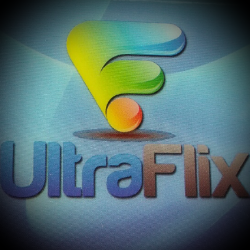Posted On: 04/14/2015 12:57:31 PM
Post# of 96903
Somewhere I recall 4K studios had a unique 9 step process of conversion that topped any other 4K processes at the time. Not sure about presently but this was from 4K Studios:
To ensure that the content is clean, crisp and noise free, 4K Studios' Ultra HD Scanners take a 35mm film (or even 16mm) and make multiple digitization of each frame of the film at different light levels in red, green and blue, creating an HDR 4K image for every frame of the film. At the same time, the audio track image from the film is scanned and put into a synchronized audio file.
During the scanning process, the film is run through the Kodak Digital ICE film processing procedure to repair any defects or scratches in the film. The output from this procedure is saved into an uncompressed file and then run through 4K's proprietary process which compensates for the frame-by-frame deltas in textures, colors and lighting. Once the automated scan is completed, the next step is for the 4K Studios' editors to view the video scene by scene ad apply gamma and lighting corrections. Any remaining scratches or defects are then repaired by hand. Finally, the master files are compressed using multiple codecs and a variety of proprietary methods and settings resulting in final files that are ready for streaming delivery.
Using these processes, 4K Studios has even been able to make dramatic improvements to films mastered in 4K by other studios.
To ensure that the content is clean, crisp and noise free, 4K Studios' Ultra HD Scanners take a 35mm film (or even 16mm) and make multiple digitization of each frame of the film at different light levels in red, green and blue, creating an HDR 4K image for every frame of the film. At the same time, the audio track image from the film is scanned and put into a synchronized audio file.
During the scanning process, the film is run through the Kodak Digital ICE film processing procedure to repair any defects or scratches in the film. The output from this procedure is saved into an uncompressed file and then run through 4K's proprietary process which compensates for the frame-by-frame deltas in textures, colors and lighting. Once the automated scan is completed, the next step is for the 4K Studios' editors to view the video scene by scene ad apply gamma and lighting corrections. Any remaining scratches or defects are then repaired by hand. Finally, the master files are compressed using multiple codecs and a variety of proprietary methods and settings resulting in final files that are ready for streaming delivery.
Using these processes, 4K Studios has even been able to make dramatic improvements to films mastered in 4K by other studios.

